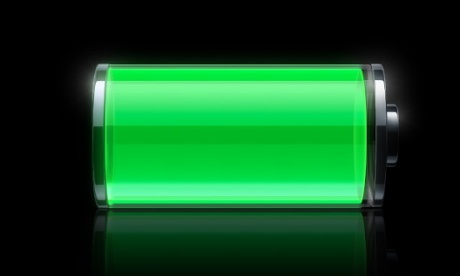Li-fi protocol allows use of the internet at the speed of light

Sisoft Company in Mexico has developed a technology that can illuminate a large work space, an auditorium or an office, while providing full mobile internet to every device that comes into the range of the light spectrum.
The Mexican group managed to transmit audio, video and Internet across the spectrum of light emitted by LED lamps. This new technology, called Li-Fi or light fidelity, is presented as an alternative to Wi-Fi because it will maximize the original provided speed of the internet to offer safer data transfer and a transfer rate of up to 10 gigabytes per second.
The Li-Fi device circulates data via LEDs that emit an intermittent flicker at a speed imperceptible to the human eye. "As Wi-Fi uses cables to spread our connections, wireless transmission Li-Fi uses LED lamps that emit high brightness light", said Arturo Campos Fentanes, CEO of Sisoft in Mexico.
read more at http://phys.org/news/2014-07-li-fi-protocol-internet.html#ajTabs
